McLaren’s papaya orange livery is one of the most recognisable paint schemes on the modern Formula 1 grid. This signature colour didn’t simply come about because it looked good. In fact, it was one of the motorsport’s earliest and most brilliant marketing decisions – one that we can thank Bruce McLaren for.
McLaren was born in 1937 in Auckland, New Zealand, and quickly became a motorsport fanatic as he grew into a young teenager. At 14, he started racing in hillclimb events, but little did he know he was to become a visionary of one of the most elite forms of motorsport in the world.
Eventually, he was noticed by an Australian gentleman you may know of: Jack Brabham. This led to his first Formula race entry in 1958 where he drove for Cooper F2 team, and one year later, he took home his first win at just 22 years of age with in Formula 1. He was no doubt a talented racer, but his legend started taking shape when he established Bruce McLaren Motor Racing ltd.
“He was a racing driver, team owner, ” Zak Brown said in a recently published video from Bloomberg. “He was a designer, an engineer, very aspirational, and I think a bit of a marketeer.”
McLaren originally struggled to define the branding of his racing team. Beginning with a green, silver, and yellow livery in 1966 commissioned by motor racing artist Michael Turner to reflect the racing driver’s New Zealand roots, it went through a number of changes before they landed on papaya. In 1967, their cars were even painted red, but that seemed to already be taken by a rather famous team based in Maranello.
Zak Brown, McLaren
Photo by: Sam Bagnall / Motorsport Images
With Ferrari’s famous red already taken, the team adopted what would become the legendary papaya orange.
“If we go back to how we became papaya, that was Bruce McLaren’s idea,” Brown continued. “He wanted, in a black and white era, for the car to be more noticeable. So he actually painted it papaya because he wanted it to stand out in black and white television, because it kind of reflected differently than other colours.”
The papaya colour first raced in F1 at 1968’s Race of Champions, won by Bruce McLaren himself in the famous McLaren M7A, beginning the legacy that has fought for the front of the grid since.
“I think Bruce was very well-rounded – a Grand Prix winner, won Le Mans – so, proper racing driver. And so he founded the racing team in 1963, passed away at Goodwood in an accident in June, in 1970.
“It’s his legacy and his inspiration that drives us forward to this day. And I think very much what McLaren stands for today is what it stood for 60 years ago with Bruce McLaren: pioneering, engineering, racers, marketeers, and just a real passion for motorsports.”
Brown mirrors McLaren in many ways. They both understand the importance of marketing and both come from racing backgrounds. And while McLaren defined his history through racing success, Brown has defined his through his success in sports marketing. Joining the team in 2016 as executive director, he was able to translate his experience into successful commercial partnerships, and now it’s one of the most profitable teams on the grid.
With McLaren currently leading the constructors’ standings after a successful 2024, drivers Lando Norris and Oscar Piastri will once again be fighting for papaya to be on top.



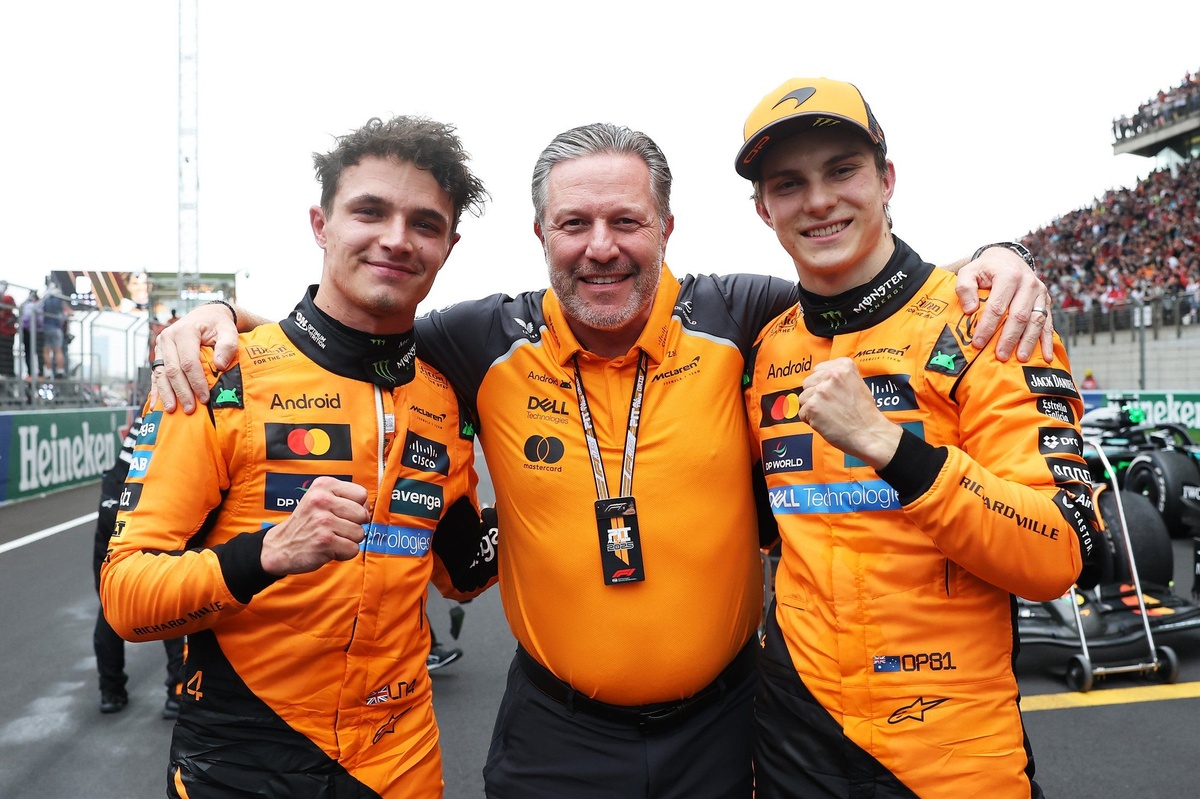
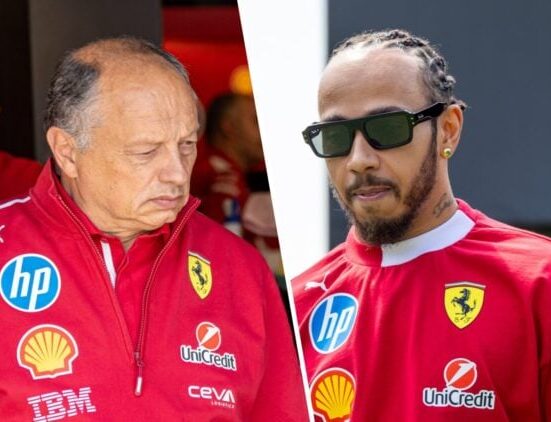
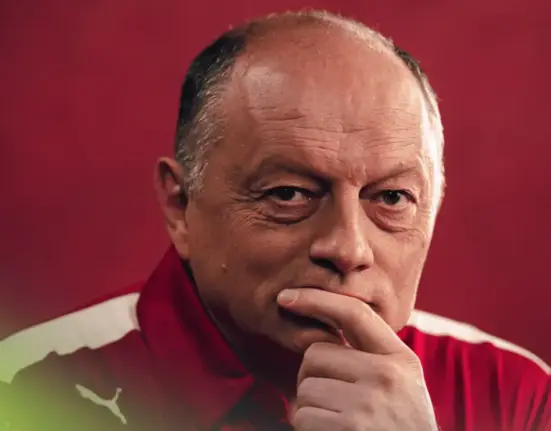

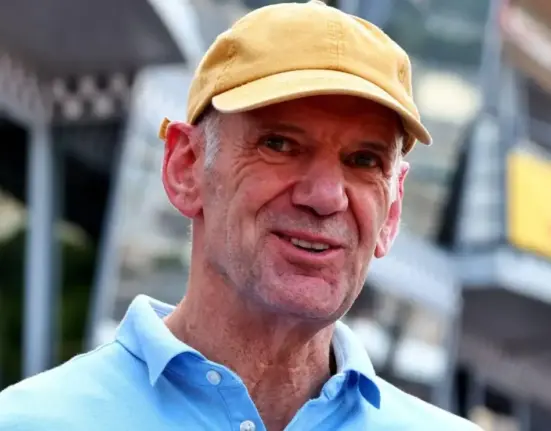
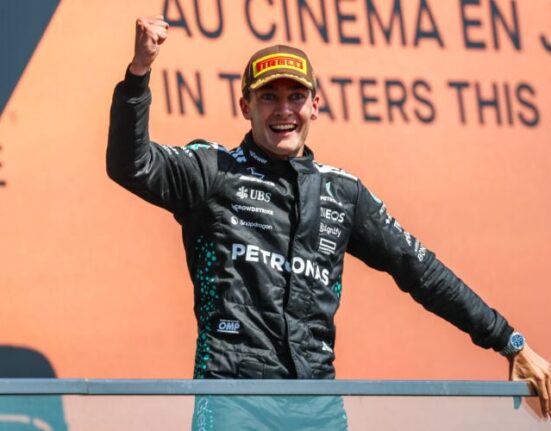

Leave feedback about this